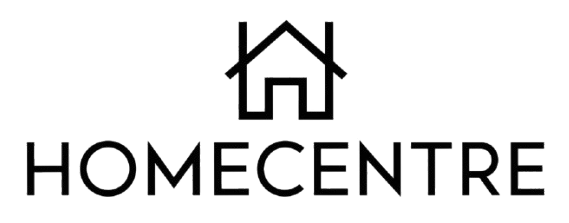how do home renovation loans work
The purpose of home renovation loans is to assist homeowners in covering the costs associated with updating, repairing, or renovating their homes. From minor structural alterations like adding a room or modernising plumbing and electrical systems to more significant cosmetic improvements like new flooring and worktops, these loans can be used for a variety of remodelling projects. Loans for house renovations function by giving the homeowner the money they need to pay for the improvements, which they then usually repay over time with interest. Home renovation loans come in a variety of forms, each with unique conditions, advantages, and prerequisites.
The Federal Housing Administration-backed FHA 203(k) loan is one of the most widely used choices for funding home improvements. Homeowners can use this loan to finance both the acquisition and refurbishment of a property. It’s perfect for homeowners wishing to renovate their current residence or for purchasers wishing to buy a fixer-upper. There are two types of 203(k) loans: the Standard 203(k), which is intended for large-scale remodelling, and the Limited 203(k), which is intended for smaller-scale endeavours like minor fixes or aesthetic enhancements. The homeowner must submit a thorough plan outlining the planned renovations because the loan amount is determined by the home’s anticipated worth following the completion of the renovation.
The Fannie Mae HomeStyle Renovation loan is an additional choice; it functions similarly to the FHA 203(k) loan but is usually accessible to customers with better credit scores and may have more accommodating terms. Homeowners can use the HomeStyle loan to finance a range of remodelling projects, including upscale additions like custom kitchens or premium flooring. The HomeStyle loan is a desirable choice for homeowners who already have a mortgage and wish to fund repairs without taking out a separate loan because, in contrast to the FHA 203(k), it can also be used to refinance an existing mortgage.
Other well-liked choices for funding home improvements are personal loans and home equity loans. Because it doesn’t require collateral, a personal loan is unsecured and is typically best suited for smaller projects. Although personal loans offer a set repayment plan and predictable monthly installments, their interest rates may be greater than those of home equity loans. Conversely, home equity loans enable homeowners to take out loans against the equity they have accrued in their property. A home equity loan gives the borrower a one-time payment that is paid back over time at a set interest rate. Since these loans usually have lower interest rates, a home equity loan or home equity line of credit (HELOC) might be the most economical option for major remodelling projects.
The ability to fund the entire cost of a renovation, including labour and materials, is a major benefit of home renovation loans. For homeowners who do not have the resources to pay the full amount up front, this can be extremely beneficial. Although the length of these loans might vary, many of them have repayment periods between five and thirty years. Like a regular mortgage or personal loan, home improvement loans are usually repaid in monthly installments.
To sum up, home improvement loans give homeowners a means of financing improvements without having to use high-interest credit cards or draw from personal funds. There are numerous financing options to fit various demands and budgets, whether through conventional options like the HomeStyle Renovation loan, government-backed loans like the FHA 203(k), or more conventional lending products like personal loans and home equity loans. To select the best financing solution for their renovation needs, homeowners should consider their project, budget, and long-term financial objectives before choosing on a loan.




